Shining Force III is a game that had many Saturn owners wishing that they could speak fluent Japanese. Considered to be one of, if not the best game on Sega Saturn, only one third of the full story ever saw an English translation. While most fans will already know this, the Shining Force III that most westerners are familiar with is only a fraction of an intricate trilogy of games, a true epic in every sense of the word. Three different scenarios, three different stories, all intertwining and combining to form an intricate, sprawling story and game. Recently however, thanks to the hard work of some very dedicated and skilled fans, almost every part of every game has been translated finally allowing the game’s English speaking fan base to enjoy the game as it was intended. So, how does it hold up over a decade later?
First and foremost, the game still plays as good as it did the day it was released. Strategy RPGs may be a relatively rare breed of game, but Shining Force III is one of the best. Taking control of the leader of the titular force in each scenario, the game is divided up into two distinct game play segments; exploration and battles.
The exploration segments are similar to most JRPGs in that they involve exploring towns, talking to people, buying potions and items and everything else you would expect from the genre. Unlike most JRPGs though, there are no random battles whatsoever in this game. Every single fight that you participate in is a large, planned affair. Battles are played out on a grid map, where you must move your force members into position, taking the terrain and layout of the map into account. Positioning and placement of troops makes a huge difference and makes for some compelling fights. In all three scenarios, the battles will start off small with your tiny force going up against relatively few enemies, but later on you’ll begin finding more and more soldiers to add to your force (both secret characters and story-related ones) and the battles will grow to huge affairs on large and complex maps. To keep things interesting, the battles can be surprisingly varied. Rather than each one being a case of ‘kill everyone before they kill you’, you will come across fights that task you with saving innocents, overcoming traps, or raiding lost ruins. In Scenario 2 you even have a brilliantly done naval battle, with you and your enemy operating cannons and attempting to board each other’s ship. It’s important to take note of the minor details in battles, since seemingly minor items and events can have large repercussions later on the in the trilogy thanks to the innovative Synchronicity System the games use, which I will cover in more detail later on.
As you battle through the game, you’ll begin to discover more and more layers to the combat. Apart from the usual leveling system that unlocks new specials and magic, there are many more features to keep track of. Each character can equip several categories of weapons, and depending on which you choose different abilities and specials will be unlocked. Even having played through the game several times thoroughly, there will likely be special moves and legendary weapons you’ve yet to see. The other major factor of battle experience is friendship. If characters assist each other with attacks or support spells/items, friendships will develop. As friendships develop, characters will give eachother certain boosts when close to their partners, adding a whole new layer of strategy to your positioning on the map and your attack plans. While ten years is obviously going age any game by a huge degree, Shining Force III is still a remarkably good looking game. It was the first Shining Force to feature 3D attack sequences (The exploration and battle map was a mix of 3D landscape with 2D sprites) and was one of the most impressive looking Saturn games for its time. The magic in particular can be extremely impressive, and you’ll be constantly keeping look out for notices of new special moves or magic attacks to try out and see. The style and design of the world and characters is beautiful, with very little ridiculous costumes and/or outlandish weapons to be seen until some odd choices in the third scenario. Even then though, they do fit the situations and are limited compared to the otherwise great designs. An especially interesting aspect of the game’s setting is that the world you explore is on the verge of an industrial revolution with the advent of steam-power. The game thankfully never strays too far into steam-punk territory, but it does add some interesting new ideas to the usual fantasy/medieval setting.
In addition to the great looks, the game has some fantastic music with lively fanfares (each force from the various scenarios having a different battle theme) and a number of tunes that perfectly fit the towns and locations. There is memorable music for abandoned ghost towns, mega-trading hubs, castles, nomadic caravans… the list goes on and on. The game doesn’t contain much speech at all, with the story being told through text boxes and in-game graphics rather than cut-scenes (a wise choice). The amount of emotion they squeeze out of the small sprites is surprising, meaning you never really long for voice acting (especially when you consider this is the era of gaming that gave us Resident Evil’s horrendous ‘acting’). As mentioned earlier, the Synchronicity System between the games sets the trilogy apart from the rest of the series, and from most games in general. It really adds a great deal to the game, and makes the series all the more enjoyable to play through again and again. Even if you’ve played the first game through several times like I had, it’s well worth going back and replaying it with the updated patch from the Translation Project. The ending to the first scenario had been radically changed and cut short for the official English release in an attempt to better self contain it. With the update patch, you’ll be able to experience the true ‘ending’ to the scenario, which does a great job setting up the remaining chapters of the story.
Speaking of the story, the tale told throughout Shining Force III is nothing short of brilliant. Starting out with a peace conference gone wrong, rival nations begin mobilising their armies for war. Treachery and secret plans are revealed, centuries old cults and societies are revealed, and of course great battle between good and evil takes center stage as you move through the games. The characters that have been created in this game are extremely strong and memorable, adding so much more weight to the battles and your decisions. The Synchronicity System runs very deep within Shining Force III. An early example is from Scenario I, where you need to save a guard on the city docks. If you only play the first scenario, it seems like there is no consequence in letting him die, since even if you save him he’s never seen again. It’s not until the second game that you will see results. If he lives then he joins with the force. If he died, you get a completely different character. This is the first and one of the more obvious events in the series, but items that are found, characters that are spoken to, and enemies spared or killed can all have major effects on the second and third scenarios. It’s a feature that is very rarely seen in video game series, and one that I’ve never seen used as effectively since. It really is great to see that your actions can make such a difference in the game world, and considering that each game will last you a very long time (over 20 hours usually), seeing old faces re-appear and remembering events from earlier games is especially rewarding. Shining Force III was a great game when it was just the one scenario, but as a trilogy it’s even better. The collective of all scenarios in Shining Force III has to be one of Sega’s finest moments in gaming. The trilogy is amazing fun to play, has tons of depth, and near flawless presentation. If you are an RPG fan (and even if you aren’t), you really owe it to yourself to play these games, there really is nothing else quite like it. It’s the kind of game that is quintessentially ‘Sega’, and you won’t be walking away disappointed.
+ Deep and fun battle system.
+ High replayability for an RPG thanks to Synchronicity System.
+ You will get your money’s worth, very long games.
+ Great presentation on all fronts.
– Difficulty curve can be erratic at times
– Buying the original discs can be pricey!
Rating: A
Ad:

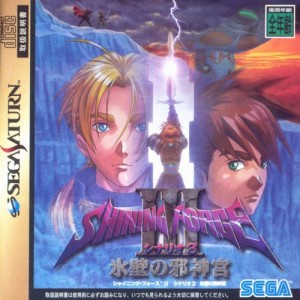
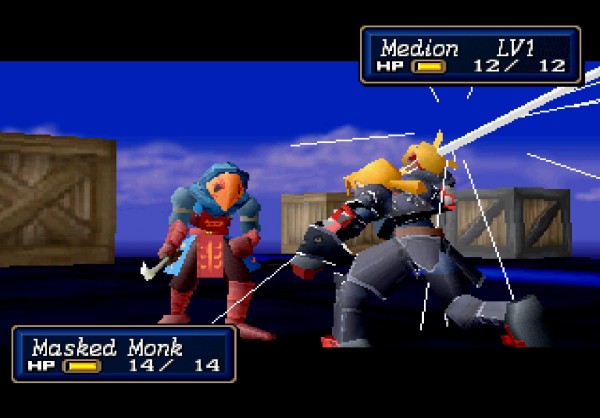

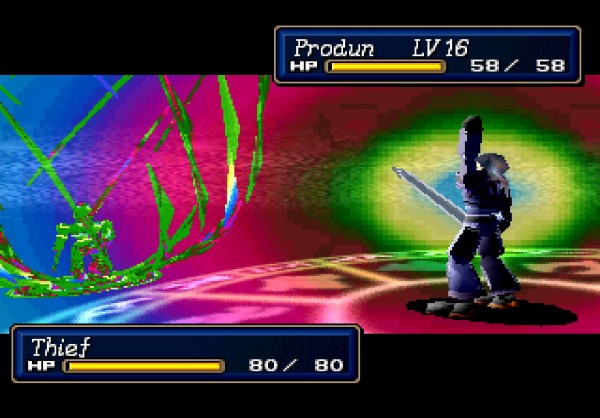
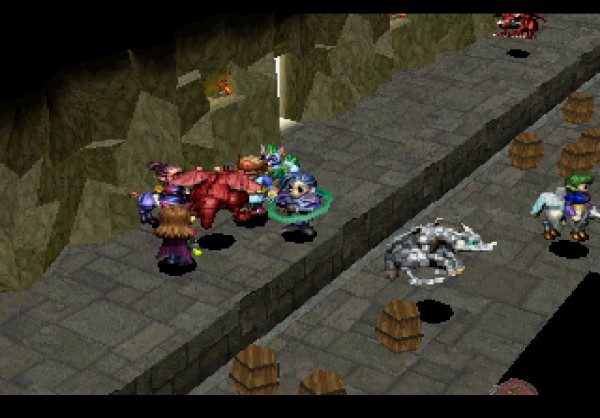

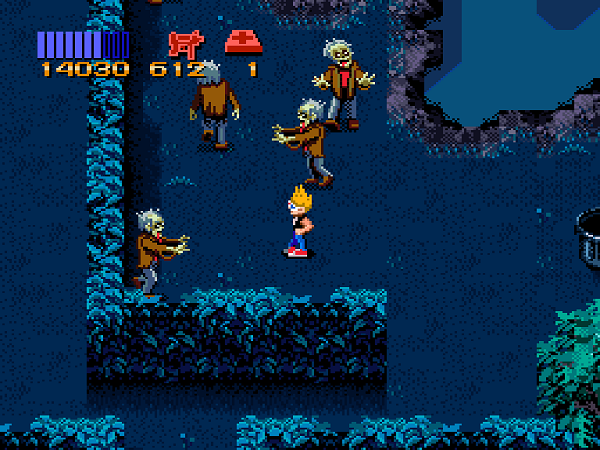

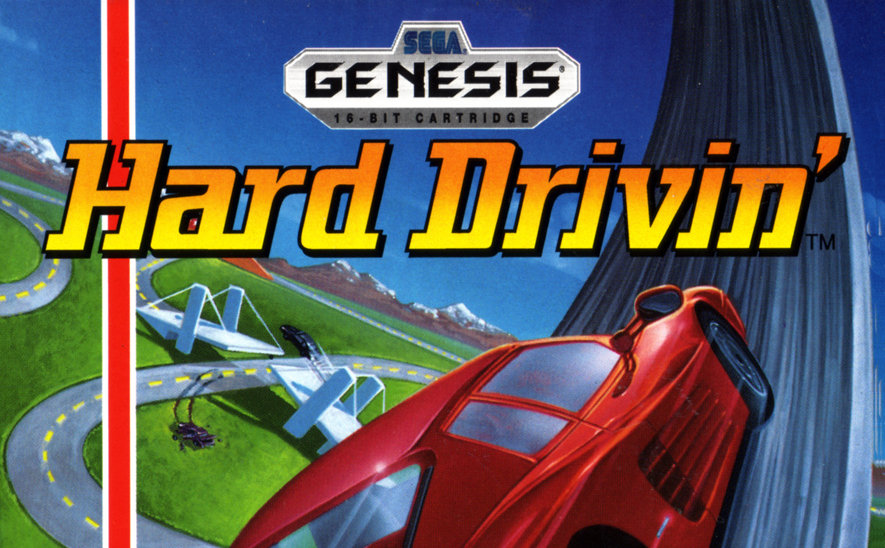
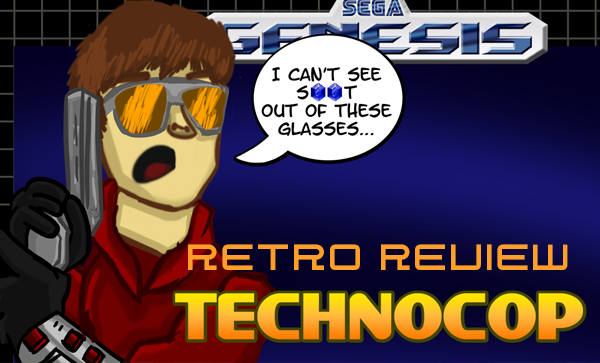
MadeMan writes for the site?
<blockquote cite="comment-225">
Dr. SEGA Monkey: MadeMan writes for the site?
Well he was suppose to when we launched but he was busy.
But Australians ARENT gamers, I can't work like this, I quit!
but no seriously, great write up man. Pretty much have to agree with you on everything, it's a well made game and one of the best on the Saturn for me.
One of my favorite Saturn games, for sure, but I never got to play it as much as the Genesis prequels, hopefully that will change one day.
You said everything that needed to be said, excellent work!
The best game for the Saturn, I'd say.
I wouldn't go so far as to say its the best on the platform, but it is certainly top ten material.
One of my favorite Strategy RPGs from the 32bit era. I wish SEGA would return to the Shining Force III story arc. Of course, that will never happen. The new fad is all about lolita girls an femboys with cliche'd plot lines.
Great review. 🙂
Glad you guys liked the review!
I agree with upsidedown fuji in regards to the character designs, the early Shining Games (Darkness, Force 1-3) had some really great characters that while still keeping more restrained and sensible designs, especially compared to the more recent games.
well done!
One of my favourite games for years and years!
*kisses copy of SF3:S1*
Very nice write-up.
The best RPG I have played.. and I have played plenty..! 😛
My taste is bitter because sometimes even know I put my Scenario 2 and 3 discs on my Saturn and cry that I can't understand what is going on!
My Japanese are horrible, wish I had more free time to continue with my Japanese lessons! 🙁
Sweet review 😉
<blockquote cite="comment-678">
The best RPG I have played.. and I have played plenty..! <!– s:P –><img src="http://www.segabits.com/forums//images/smilies/icon_razz.gif" alt=":P" title="Razz"><!– s:P –>
My taste is bitter because sometimes even know I put my Scenario 2 and 3 discs on my Saturn and cry that I can’t understand what is going on!
My Japanese are horrible, wish I had more free time to continue with my Japanese lessons! <img src="http://www.segabits.com/blog/wp-includes/images/smilies/icon_sad.gif" alt=":(" class="wp-smiley">
Sweet review <img src="http://www.segabits.com/blog/wp-includes/images/smilies/icon_wink.gif" alt=";)" class="wp-smiley">
I just noticed this recent comment, but if you are interested in playing the later scenarios in english check out Shining Force Translation project at
http://sf3trans.shiningforcecentral.com/
It contains everything you need to patch your existing copies into english. If you have any questions, feel free to ask on the forums here or at Shining Force Central